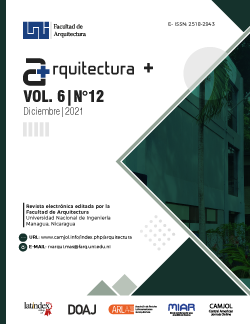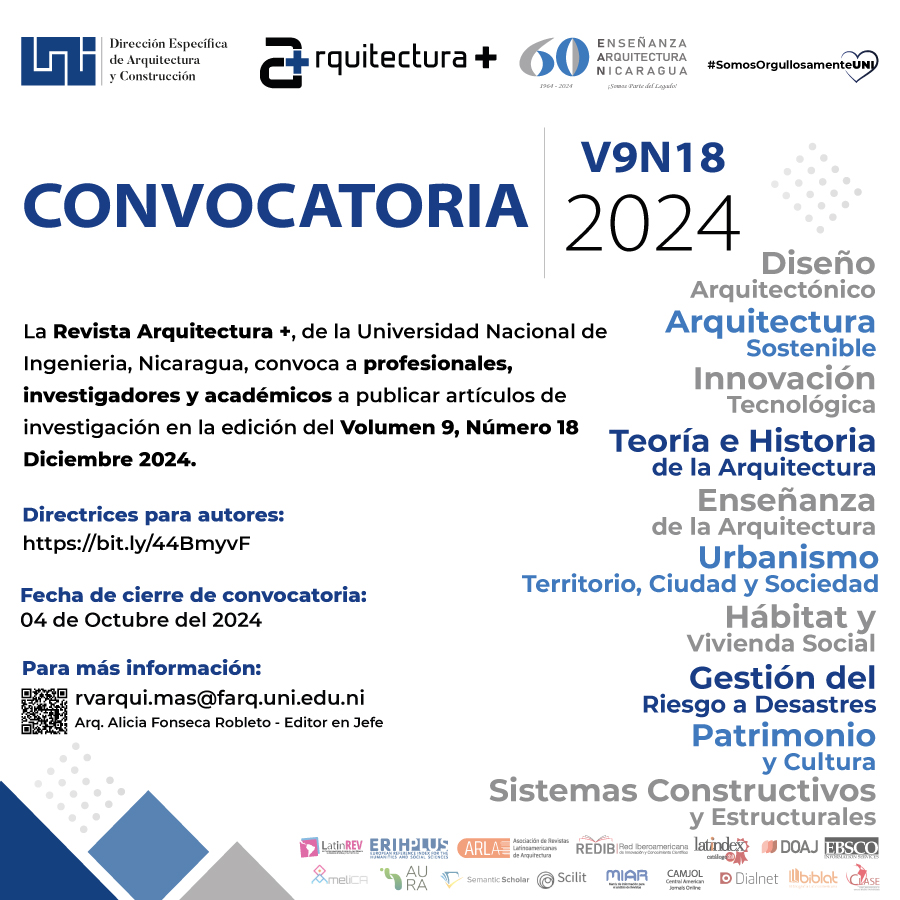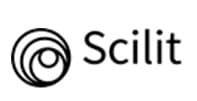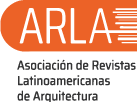Metropolitan expansion of the city of Managua
DOI:
https://doi.org/10.5377/arquitectura.v6i12.13102Keywords:
Metropolitan Areas, Urban Growth, Managua, Housing ProjectsAbstract
This article looks into the factors and characteristics of the phenomenon of urban growth in order to find in the qualities of the process the explanatory logic to urban development beyond its physical dimension. The results allow characterizing an expansion at the metropolitan level that shares characteristics of spatial development with the rest of the cities in Latin America, and that finds its impetus in a neoliberal urbanism model, namely: accelerated suburban growth, characterized by its low density and its extension beyond the urban limits.
The de facto transfer of management capacities from state entities to the market as the primary agent of urban development has resulted in a horizontal urban expansion that deepens urban inequalities and social inequalities in a city that is increasingly characterized by a fragmented development of functional enclaves and carried forward through investment in spatial innovations.
In Nicaragua, specifically in the city of Managua, it is possible to observe how these conditions consolidate the tendency to isolation and fragmentation of the urban fabric. Private investment on road axes and through residential projects such as “spatial innovations” advance through the habilitation of undeveloped land, influencing changes in the functional relationship between urban centers and between these and residential areas in interurban areas.
Downloads
Downloads
Published
How to Cite
Issue
Section
License
Copyright (c) 2021 Universidad Nacional de Ingeniería

This work is licensed under a Creative Commons Attribution-NonCommercial-NoDerivatives 4.0 International License.





















